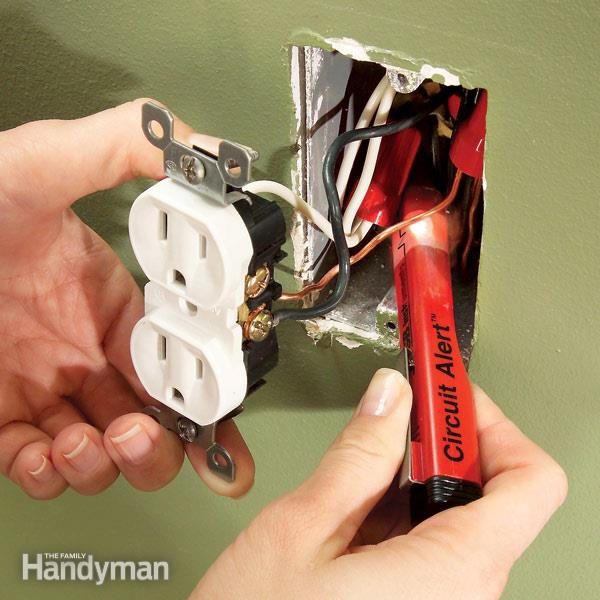Handy homeowners do electrical work all the time. With the right tools and knowledge, you can increase your skills safely and enjoy big rewards.
Should You Do Your Own Electrical Work?

Yes, you certainly should consider doing your own electrical. It makes sense for many homeowners, as proven by hardware stores’ huge wiring-supply sections. Sure, you need to be careful, but basic household wiring isn’t complicated. I’m not a professional electrician, but I’ve wired three complete houses, from utility pole to outlets. Every time I do my own work (and get it inspected), I’m reminded of the three reasons I love DIY electrical.
It Saves Time and Money
Electricians are among the highest-paid tradespeople, and most of the cost of electrical work is labor. Even if it takes you twice as long as a pro to complete a job, you’re still saving good money in your spare time. You don’t have to wait to fit into an electrician’s schedule, either.
You Become a More Capable Homeowner
If you install wiring, you’ll automatically become good at troubleshooting that same wiring later. The knowledge gained during installation will come in handy when it’s time to replace a breaker or add a branch circuit. Soon enough, you’ll be able to complete small electrical jobs from start to finish in less time than it takes an electrician to travel to your home.
Learn how to rough-in electrical wiring.
DIY Ensures High-Quality Results
As with most any trade, just because a person is licensed doesn’t mean they do high-quality work. Sure, licensing is supposed to ensure safety, but it doesn’t guarantee things like tidy results and economical use of cable. Even as an amateur, I’ve had electrical inspectors tell me my wiring is neater than the work of many pros they see. It can be the same for you.
This is what you need to know about electrical cable and wiring.
Safety and Learning
Of course, benefits take a back seat to safety, and when it comes to electrical wiring, safety depends on two basics.
First, protect yourself from shocks by checking and double-checking that every wire you’re working with is not energized, using a non-contact voltage tester (shown above). Shut off breakers or even the main power to your home before starting work, then double-check that the circuits you’re working on are, in fact, not energized.
Second, think about the people who will live with your wiring in the future. Sound engineering—properly grounding, creating tight, solid wire connections and more—affects how safe the circuits are to use. An oversized breaker, for example, could cause a house to burn down, years after the wiring went in, because that’s how long it took before someone demanded too much current from the ill-designed circuit. So yes, wiring is a high-stakes game, but the procedures required for safety aren’t complicated or demanding, so it’s a game that can be handled safely.
To help ensure safety, I’d recommend reading and regularly referring to some of the many books on safe household wiring for non-professionals. One of my favorites is Safe Household Wiring Projects by Rex Cauldwell. Also, community colleges often have evening classes on safe household wiring. You’ll learn a lot very quickly at a class like this.
And be sure to make full use of the electrical permitting and inspection system where you live. Remember: Doing your own electrical work is still about following the rules, and you’re the one who ensures they get applied properly.
Here are 10 electrical safety checks all homeowners should do every year.
Tools and Projects
You don’t need many tools to complete basic household wiring and none of them are expensive. My own wiring toolkit includes a multi-bit screwdriver, 16 oz. claw hammer, cordless drill, wire stripper, cable strippers, slip-lock pliers and tape measure. I also have a non-contact voltage tester for checking if circuits are energized or dead and for troubleshooting general electrical issues.
Another great thing about doing your own electrical work is that you can tackle as much or as little as you like. After you fully understand how to work safely, start small by changing a broken switch or light socket, then move on from there. You’ll feel the kind of confidence that only competence can deliver.
Here’s how to run power to a shed, garden or lamppost.
Watch this video shows to learn the top electrical mistakes to avoid:



















